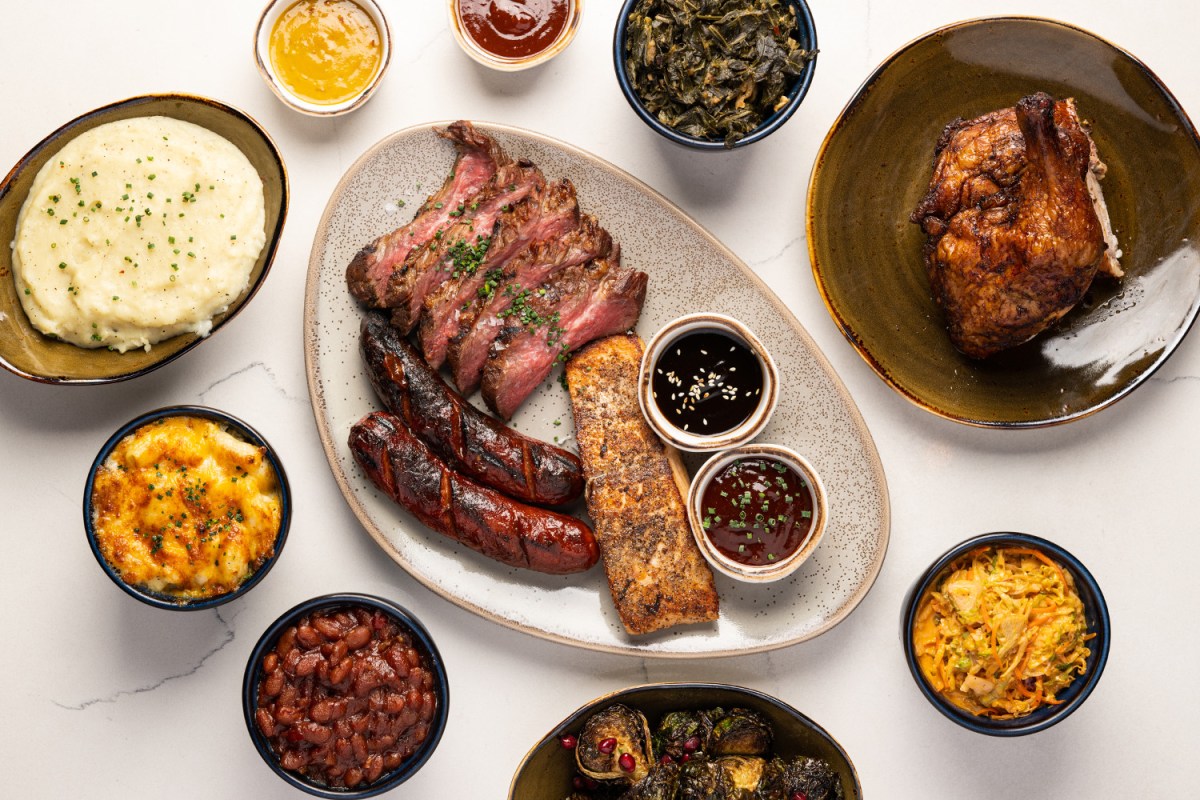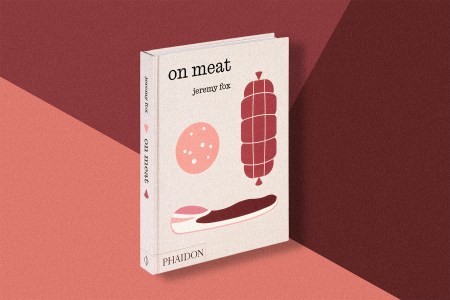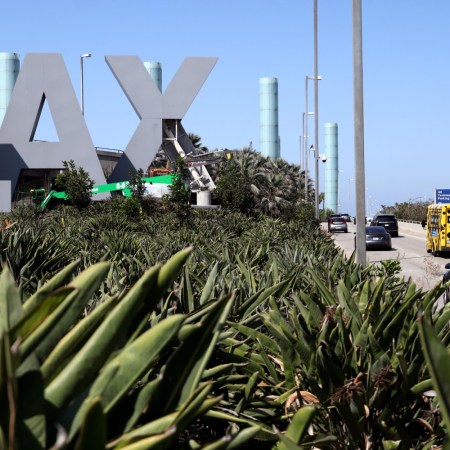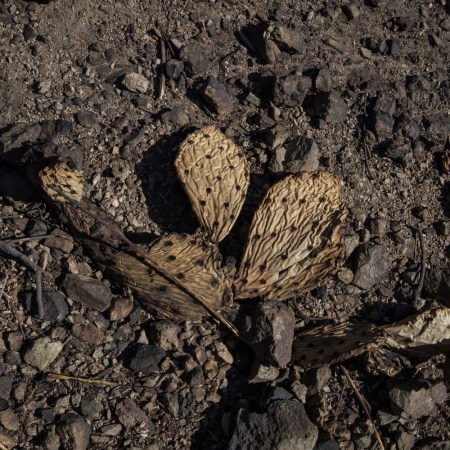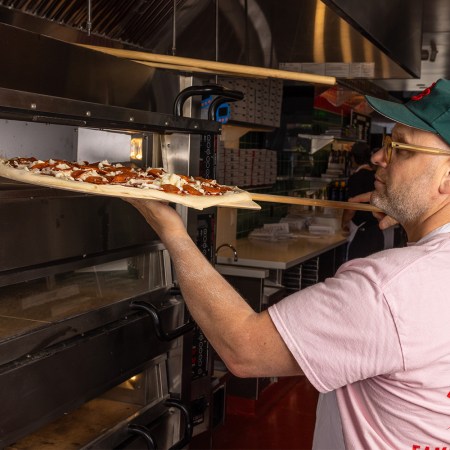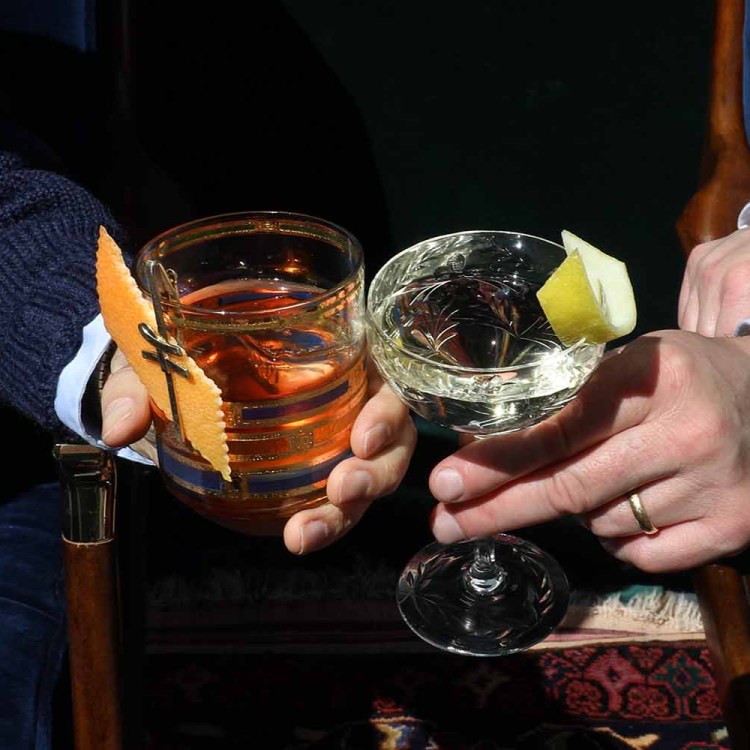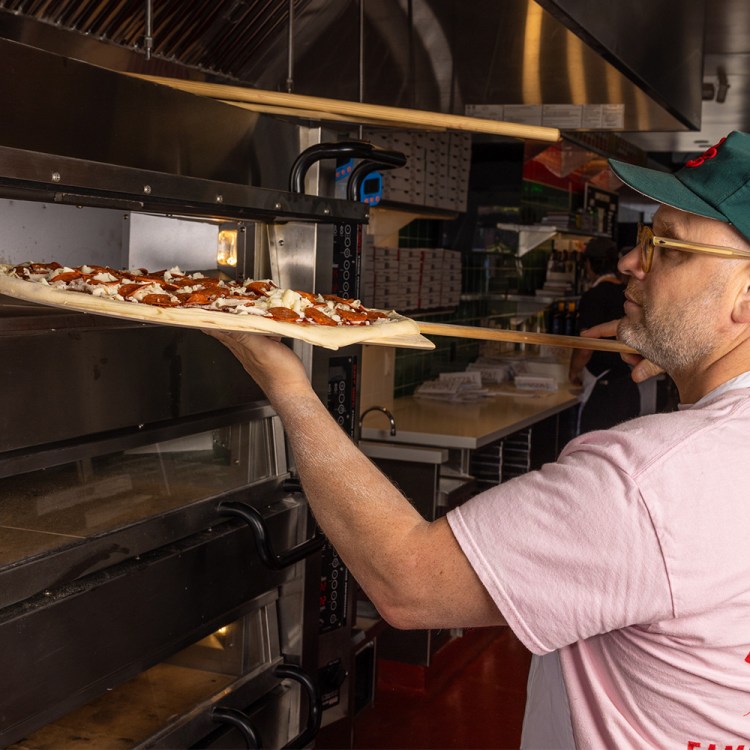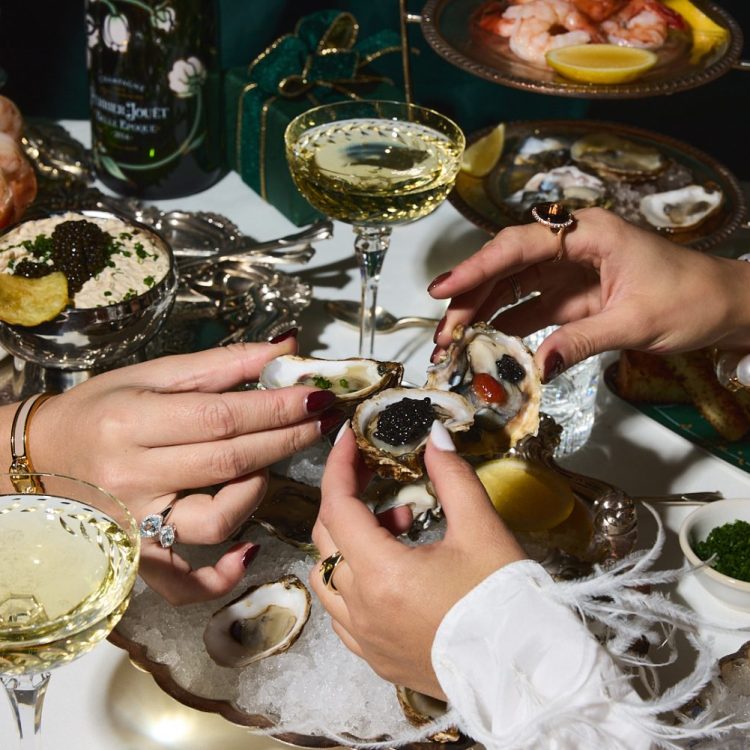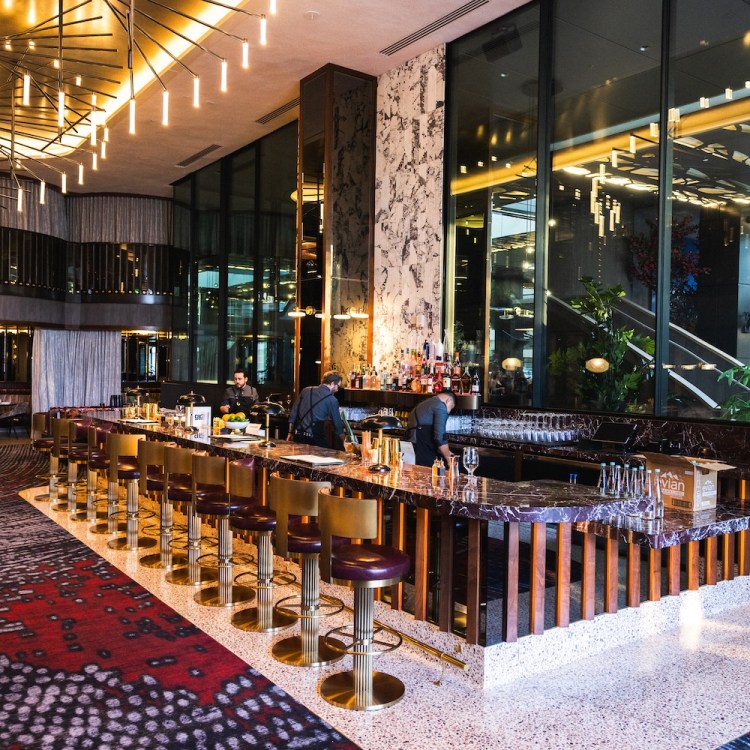What’s the one thing that will take your grilling setup to the next level this spring? A smoker. Yes, smoking food is as old as fire, but it’s experiencing a renewed appreciation by home cooks. There is something satisfyingly primal about smoking meat for hours on end. Perhaps we don’t want to speed up after the pandemic forced us to slow down. Or maybe it just tastes fantastic.
Throwing a hunk of meat into a smoker simply will not do. So we talked to chef George Huynh at Los Angeles’ premier smokehouse, Smoke City Char Bar in Downtown’s Art District, about best practices for smoking. Nearly everything at the Smoke City is, well, smoked, from the ribs and deviled eggs to the cocktail glasses (the process imparts a subtle smoky flavor to drinks).
Chef Huynh, 29, oversees the massive rotisserie smokers at the restaurant, where the food slowly rotates for six to 16 hours. Huynh began his career in high school as a dishwasher at Nick’s Coffee Shop, a beloved old-school diner near the corner of Pico and La Cienega, and he’s since worked with some of LA’s top chefs, including Roy Choi, Ricardo Zarate and Sang Yoon. “I’ve done Asian cuisine and fine dining and moved my way up from restaurant to restaurant,” he says. “But smoking was something new. I read books, watched videos, and we were developing the brisket up until the day we opened. It was nerve-wracking — but as a chef, I’m always learning.” Of all the recipes he’s developed for Smoke City, his favorite is the ribs because they “hold the smoke so well.”
The Meat
If you’re new to smoking at home, Huynh recommends starting with brisket from the chest area of the cow. The pieces range from 10 to 20 pounds, and with bigger cuts, you have more time to fix errors. “Ribs, brisket and tri-tip all hold the smoke well and the flavor, too,” he explains. “People consider chicken and turkey to be dryer, but once you’ve had some experience, don’t sleep on those. They’re actually really juicy and flavorful.”
When smoking large pieces like brisket, it’s important to invest in high-quality 100 percent food-grade butcher paper, says Huynh. Wrapping meat toward the end of cooking helps prevent “the stall” on low-and-slow cooks when the internal temperature of the meat stops rising. It speeds up the rest of the cook while locking in moisture.
This Cookbook Has Me Thinking About Meat Differently
The new tome from chef Jeremy Fox dives into some very interesting carnivorous projectsThe Seasoning
Since the smoke imparts so much flavor, many barbecue purists swear by simple salt and pepper. But Huynh disagrees: “In LA, there are so many flavors and different cuisines; you can’t just do salt and pepper. You have to bring it! Venture into other seasonings.” At Smoke City, he prepares the brisket with a wet porcini rub, using a mixture of ground mushrooms, salt, pepper and other spices, which gives it a nice umami flavor. He suggests playing around with herbs. “If it’s a prime roast, throw some rosemary and thyme in there,” he says.
Many people spray the meat with water throughout the smoking process. “At the restaurant, we put apple cider vinegar in the smoker so the meat can absorb the flavor,” Huynh says. “At home, leave a pan of apple cider in your smoker, so you’re not constantly opening up your smoker to spray.”
The Smoker
Smoke City’s rotisserie smoker allows Huynh to let the meat sit without disturbing it. He suggests buying a grill or smoker with a built-in rotisserie that automatically rotates your masterpiece. “The biggest mistake you can make is opening your smoker too much to turn the meat. You let all the smoke out,” he says. It’s just like turning your steak too much to get a sear. “You gotta trust the process and leave it there to do its thing. Once you know the weight of your meat, just set the time and only turn it periodically, like once or twice.”
If you don’t have a dedicated smoker, you can find gas grills with a built-in smoke box or pick up a cast-iron smoker box insert at Home Depot for about $15. The average temperature range for smoking is 200 to 275 degrees, but Huynh suggests keeping your gas grill just above room temperature for any kind of beef.
The Wood
Without wood, there is no smoke — and without smoke, you’re just grilling. The question is: What type of wood should you use? There are pellets, chips, chunks and disks. They’re all deeply earthy, but Huynh prefers wood chips “because you get more of that hard smoke.” At Smoke City, he uses a blend of hickory, mesquite and cherry. The cherry provides a sweet, fruity smoke that darkens the meat. Hickory brings a robust, bacon-like flavor, and mesquite has an unmistakable spiciness.
What’s next on the menu? Huynh is playing around with condiments and syrups, smoking ketchup, vinegar and even ginger syrup for the cocktails. “Maybe there are some things you shouldn’t smoke, but I’m trying to reach new heights.”
This article was featured in the InsideHook LA newsletter. Sign up now for more from the Southland.
